I’M JUST CURIOUS: More T-shirt messages
 by Debbie Walker
by Debbie Walker
I couldn’t resist doing it again!! I got new catalogs with message t-shirts and felt the need to share! Hope they give you a chuckle or two:
People who wonder if the glass is half empty or half full miss the point. The glass is refillable!
If you think I’m crazy you should meet my sister! (Couldn’t resist that one!)
I’m not short. I’m built low to the ground for speed and accuracy. (Believe me it has to be easier in a fall!) can’t believe how old people my age are! (OOPS!)
I meant to behave but there were too many options. (ask the teacher I work with, she’d say that is me!)
I call my fashion style “Clothes that still fit!” (How True!)
When I get tired of shopping I sit down and try on shoes! (I have better luck trying on the boxes!)
Sometimes I wonder what happened to people who have asked me for directions. (I’d have to know where “I” am!!)
Being cremated is my last hope for a Smoking Hot Body!! (Now my secret is out)
When you’re happy and you know it Thank Your Meds!
I acted my age once. It was boring! (Haven’t done it since!)
I run like a girl, try to keep up. (Not a problem here!)
Forget the glass slipper, this princess wears running shoes!
Sawdust is Man Glitter.
I am a happy-go-lucky ray of friggin’ sunshine!
Wooden Spoon Survivor (We didn’t have one when I was growing up,Yardstick!)
I have a daughter. I also have a gun, a shovel and an alibi.
Stress balls really work when you shove them down someone’s throat!
Someday I’m going to eye roll myself into another dimension!
In order to insult me I must first value your opinion. Nice try though!
I should be given an award for keeping my mouth shut when there is much left to be said!
When women get to a certain age they start accumulating cats, this is known as the many paws! (What do you think of that one Laurie!)
A little gray hair is a small price to pay for all this wisdom!
Patience is a virtue. It’s just not one of mine!
I don’t have gray hair. I have wisdom highlights!
Don’t grow up! It’s a trap!
Life is short – smile while you still have teeth!
Does running late count as Exercise?
Instead of a sign that says, “Do Not Disturb,” I need one that says, “Already Disturbed, Proceed with Caution.”
My patience dies faster than my phone battery.
You’re never too old for Nappy Time, (Right, Mom!)
Some days the supply of curse words is insufficient to meet my demands!
Not to brag but I can forget what I’m doing while I am doing it!
I’m returning your nose dear! I found it in my business,
I’m everything you dreamt of but with a belly!
Yes, I’m a nurse. NO I don’t want to look at it!
Life is too short to waste time matching socks!
I’m just curious if any of these make you laugh at yourself! I know I did. Questions and comments please send to dwdaffy@yahoo.com. Don’t forget we are on line also. Thanks for reading!


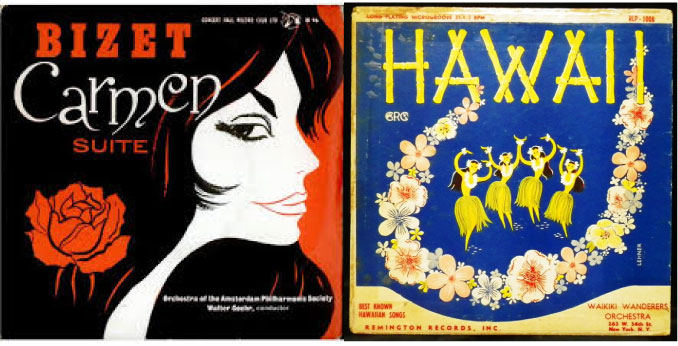

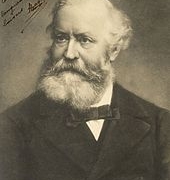



 (NAPSI)—You don’t have to let a busy schedule break your healthy stride or keep you from crushing your goals. You can regroup on your approach instead. By incorporating these three ways to release, refresh and reset, you can still make health a priority.
(NAPSI)—You don’t have to let a busy schedule break your healthy stride or keep you from crushing your goals. You can regroup on your approach instead. By incorporating these three ways to release, refresh and reset, you can still make health a priority.


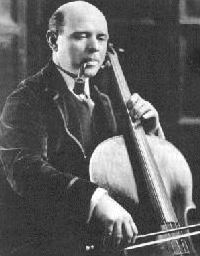





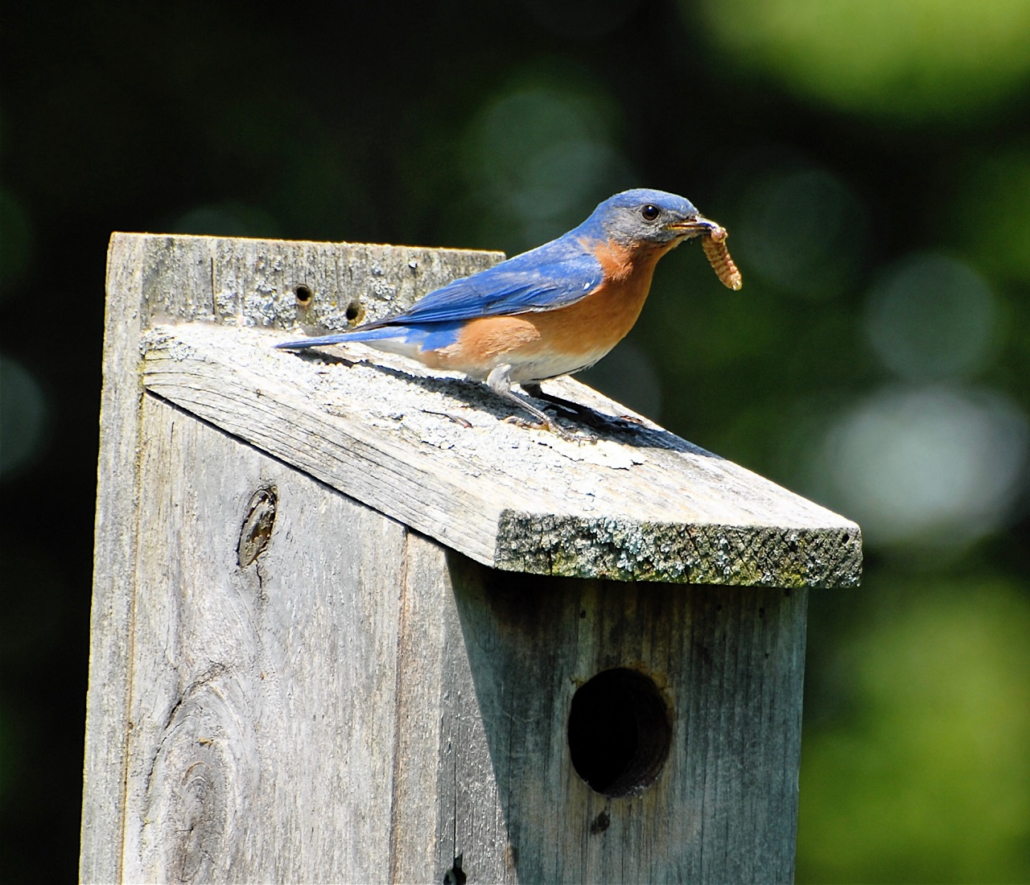



 Catching lice early is vital in halting the spread of these itchy pests. It can take four to six weeks after infestation begins for itching to start, and not everyone develops this telltale symptom. Help the entire family to avoid an outbreak by acting quickly after exposure.
Catching lice early is vital in halting the spread of these itchy pests. It can take four to six weeks after infestation begins for itching to start, and not everyone develops this telltale symptom. Help the entire family to avoid an outbreak by acting quickly after exposure. The house fly, Musca domestica, is believed to have evolved in the
The house fly, Musca domestica, is believed to have evolved in the 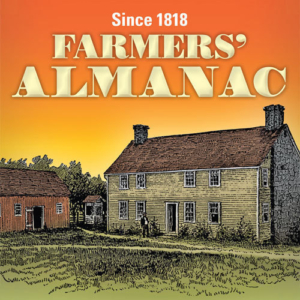 If an almanac was on the table right in front of me, for many years I wouldn’t have even picked it up. I’ve never been overly interested in the weather. It is what it is. I don’t plant a garden so I wasn’t interested what you plant during what moon. I just couldn’t see why I would be interested in the publication.
If an almanac was on the table right in front of me, for many years I wouldn’t have even picked it up. I’ve never been overly interested in the weather. It is what it is. I don’t plant a garden so I wasn’t interested what you plant during what moon. I just couldn’t see why I would be interested in the publication.